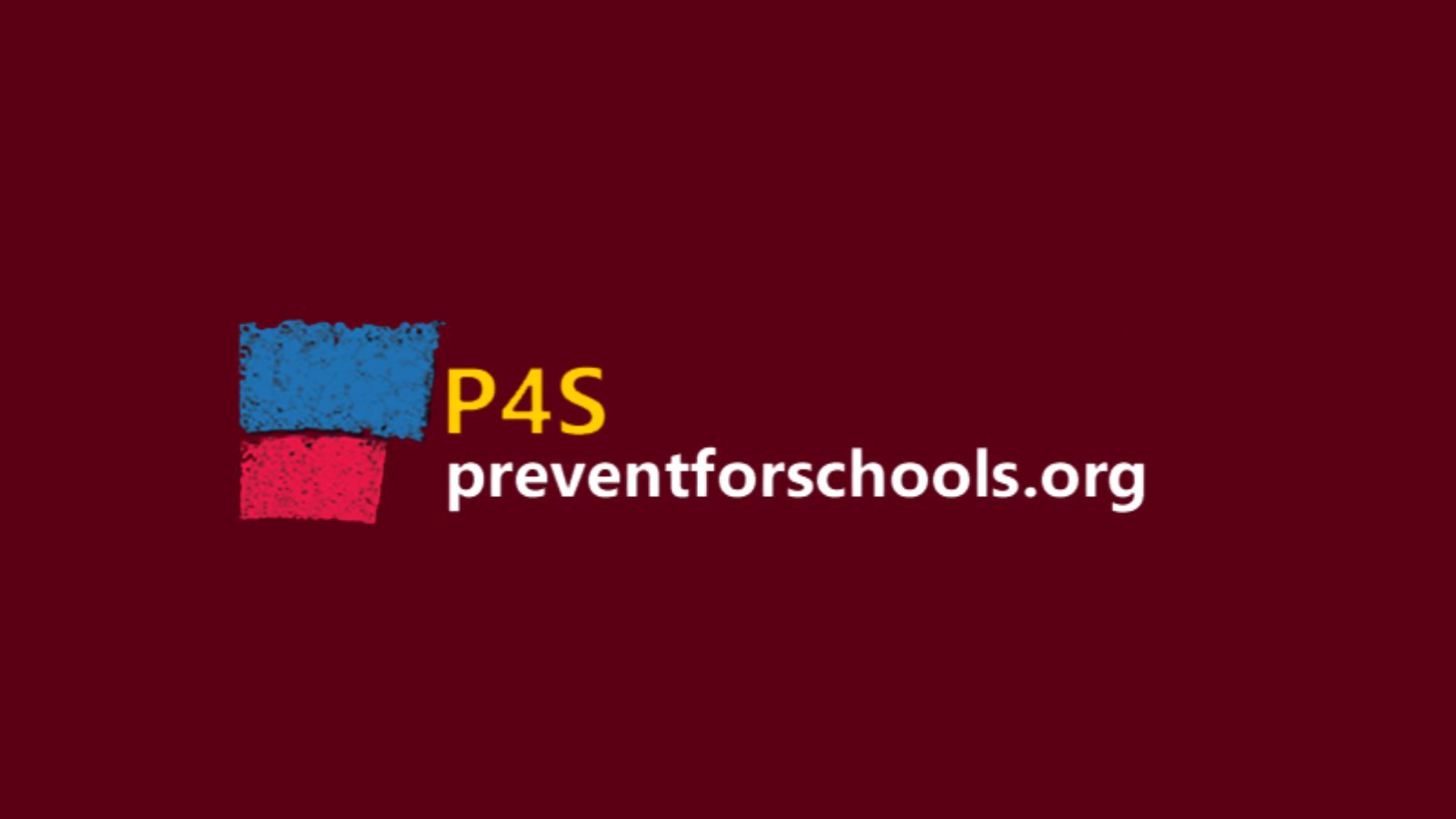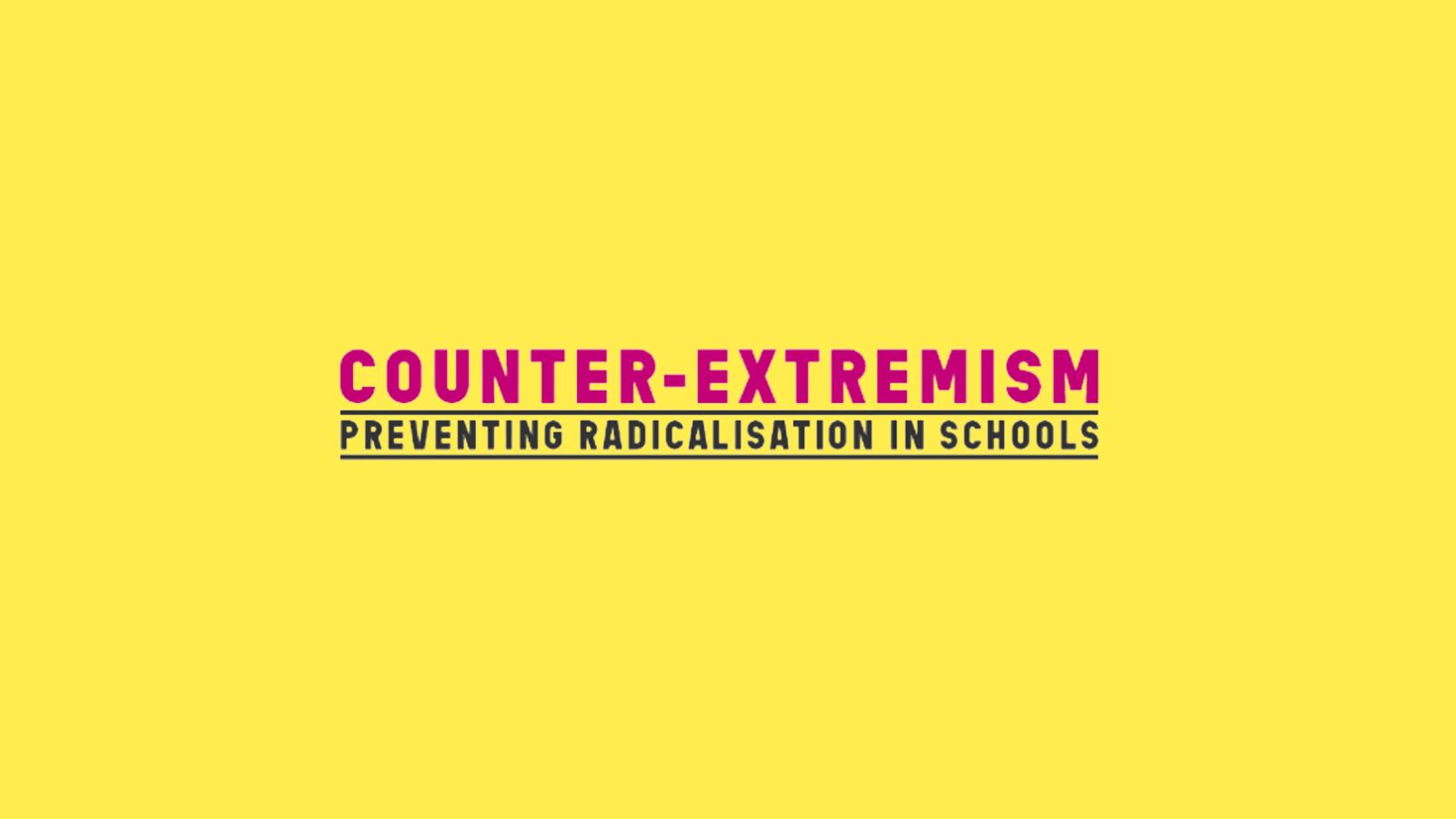Extremism
Extremism
Extremism
Terrorism and extremism are sometimes used interchangeably. Both pose a threat to students, but they have very distinct definitions.
In the UK we define terrorism as a violent action that:
endangers a person’s life;
involves serious violence against a person;
causes serious damage to property;
creates a serious risk to the public’s health and safety; and/or
interferes with or seriously disrupts an electronic system.
Extremism is the vocal or active opposition to our fundamental values, including democracy, the rule of law, individual liberty, and respect and tolerance for different faiths and beliefs. We also regard calls for the death of members of our armed forces as extremist.
Radicalisation
This refers to the process by which a person comes to support terrorism and forms of extremism leading to terrorism. A radicaliser is an individual who encourages others to develop or adopt beliefs and views supportive of terrorism and forms of extremism leading to terrorism.
What is Prevent?
Prevent is about safeguarding people and communities from the threat of terrorism. Prevent is one of the four elements of CONTEST, the Government’s counter-terrorism strategy. It aims to stop people becoming terrorists or supporting terrorism.
Need to know legislation
Since July 2015, schools have a legal responsibility to “have due regard to the need to prevent people from being drawn into terrorism”. As a school leader, it’s your responsibility to put in place robust procedures to protect your students, and to review and evaluate these procedures to ensure they are effective.
What steps should I take to ensure my school complies with Prevent?
As a school leader you should familiarise yourself with key documents including the Prevent duty guidance and Keeping children safe in education.
Key activities include carrying out a risk assessment, building on existing local partnerships, training staff and ensuring appropriate IT policies and practices are in place.
You should:
assess the risk of children being drawn into terrorism;
ensure your school understands the relevant risks to students;
get practical information regarding the risks in your area;
follow your Local Safeguarding Children Board policies;
seek advice and support from the local authority, police, civil society organisations and families and parents;
ensure your safeguarding lead undertakes Prevent awareness training;
train other staff to identify children at risk;
ensure your school has suitable online safety controls;
equip your students to stay safe online; and
integrate internet safety into the ICT curriculum.
What are the warning signs of radicalisation?
There is no single route to radicalisation. It can happen over a long period of time or sometimes it is triggered by a specific incident or news item and can happen quickly. The behaviours listed here are intended as a guide to help you identify possible radicalisation.
Online behaviour:
Accessing extremist online content
Sympathetic to extremist ideologies and groups
Joining or trying to join an extremist organisation
Changing online identity
Outward appearance:
Not listening to other points of view
Abusive towards people who are different
Embracing conspiracy theories
Feeling persecuted
Changing friends and appearance
Converting to a new religion
Being secretive of movements
Increasingly argumentative
Distancing themselves from old friends
No longer doing things they used to enjoy
There are many factors that can make someone vulnerable to radicalisation. More important than any one specific sign is the sense that something is not quite right. If you see a change in someone, it could be an indicator of other underlying issues that are not connected to radicalisation. If you are concerned, trust your instincts just like you would with any other form of safeguarding.
Which young people are vulnerable to radicalisation?
Children and young people from all backgrounds can become radicalised, but it’s important to keep the risk in perspective. External factors such as community tension, global events, or having friends or family who have joined extremist groups all play a part. Any of these issues make children and young people more susceptible to believing that extremists’ claims are the answer to their problems.
The following is a guide only, so use your professional judgment to assess students’ vulnerability.
Struggling with a sense of identity
Becoming distanced from their cultural or religious background
Questioning their place in society
Family issues
Experiencing a traumatic event
Experiencing racism or discrimination
What is the risk of radicalisation to children with Special Educational Needs and Disabilities (SEND)?
Although the risk is low, it is important to consider how children and young people with SEND may be at risk of being targeted by individuals aiming to radicalise young people. Educate against Hate reports that some young people with SEND might be vulnerable to radicalisation, if they have 'difficulty in interacting socially, lacking empathy or not understanding the consequences of their actions.'
Children and young people who experience communication difficulties can struggle to tell a trusted adult that they are worried about extreme content someone has shown them.
What should my staff be teaching in class?
Schools should be a safe space where students can discuss social and political issues, including extremism and terrorism.
Building young people’s resilience will put them in a stronger position to reject extremist views.
Teachers should build resilience to extremist narratives by giving students the skills and knowledge to explore issues critically, to weigh evidence, debate and make reasoned arguments. This can include:
age-appropriate conversations about extremism and radicalisation promoting fundamental British values of democracy, rule of law, individual liberty and mutual respect and tolerance of different faiths and beliefs; and
discussing issues of identity, difference and tolerance.
What is Channel?
Channel is a multi-agency, voluntary programme which safeguards people identified as being vulnerable to radicalisation. A referral can come from anyone who is concerned about a person they think is at risk. It is not a criminal sanction and will not affect a person’s criminal record. A referral will not show up on a DBS check.
Many types of support are available as part of the Channel programme, addressing educational, vocational, mental health and other vulnerabilities.
Bury referral route
This is a safeguarding process and in the first instance initial discussions will take place with the Designated Safeguarding Lead for Child Protection within the school and/or the head teacher.
If the DSL is concerned about an individual and need support they can contact the Local Authority Prevent Lead C.Woodhouse@bury.gov.uk
To make referral, the referrer needs to complete a Prevent referral form. It is important that the vulnerabilities in relation to extremism/ why there are concerns in relation to extremism are clearly detailed. The referrer should use the Bury Prevent referral form which can be found here: Prevent - Bury Council
All referrals go though to CTPNW who carry out deconfliction as soon as possible. Deconfliction means a check will be done by CTPNW (Counter Terrorism Police North West) to make sure it is safe for professionals to work with that person. Following deconfliction, CTPNW will send the referral direct to the Channel Team for assessment and multi-agency info gathering.
Where it is considered that there is a vulnerability to radicalisation the Channel co-ordinator will make contact with all the relevant professionals and try to identify a Lead Professional. At the Channel Panel, the multi-agency panel will discuss the referral and if the case is accepted an action plan will be devised to address the vulnerabilities of the individual.
When the case is adopted and an action plan devised, consent from the individual or their parents will then be sought to engage them in the plan of support for them. This may be done by the Channel coordinator or may be done in conjunction with a lead agency already involved with the Individual. Support from Channel is completely voluntary and so nothing will happen without consent.
A case will be closed to Channel when the Panel feel the vulnerability has been addressed and the risk has been lowered. Six- and 12-month reviews will then be carried out to follow up the interventions and vulnerabilities before the case is completely closed to Panel.
Further information and resources

educateagainsthate.com
Educate Against Hate
Government advice and trusted resources for schools to safeguard students from radicalisation, build resilience to all types of extremism and promote shared values.

preventforschools.org
Prevent for Schools (P4S)
provides a variety of practical materials and broader guidance to support schools with educating and safeguarding pupils against the dangers of radicalisation and violent extremism.

gov.uk/government/case-studies/the-channel-programme
The Channel Programme
Channel is a confidential, voluntary multi-agency safeguarding programme that supports people who are vulnerable to radicalisation.

counterextremism.lgfl.org.uk/default.html
Counter Extremism
This resource has been developed in collaboration with school practitioners, extremism experts, the Department for Education and the Home Office. It is designed to reflect recent developments around extremism and empower staff to safeguard pupils as part of a whole-school approach to implementing the Prevent duty.